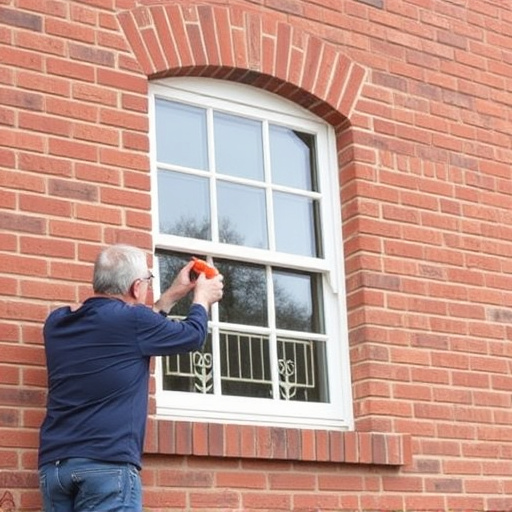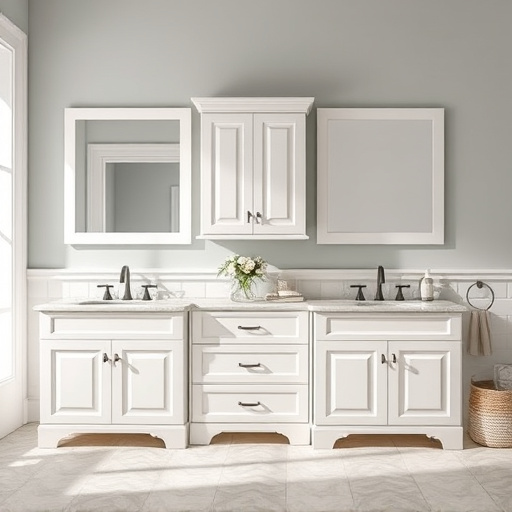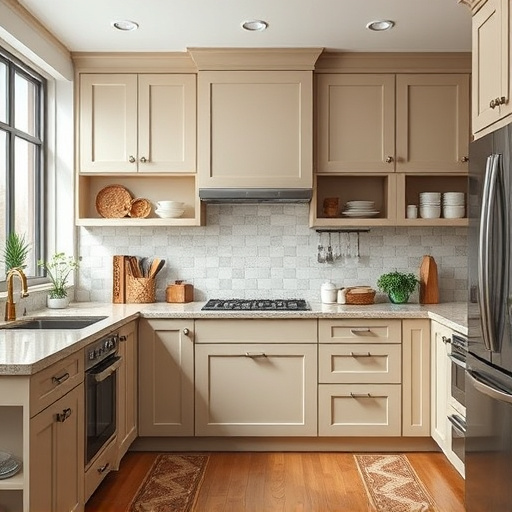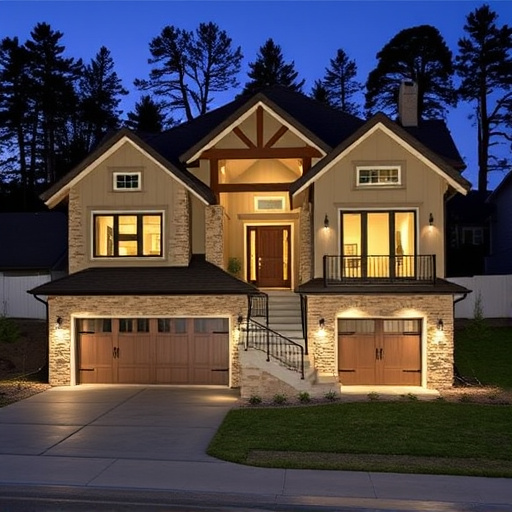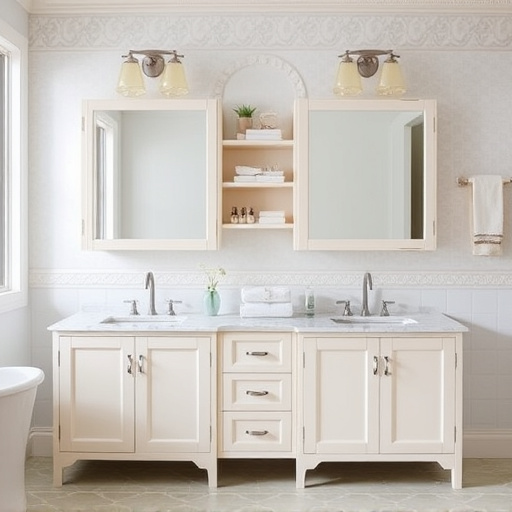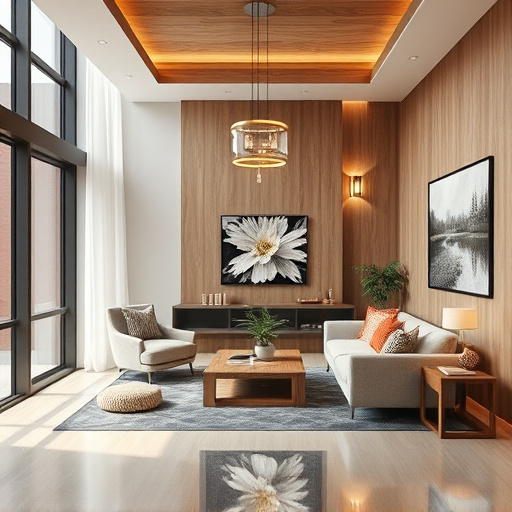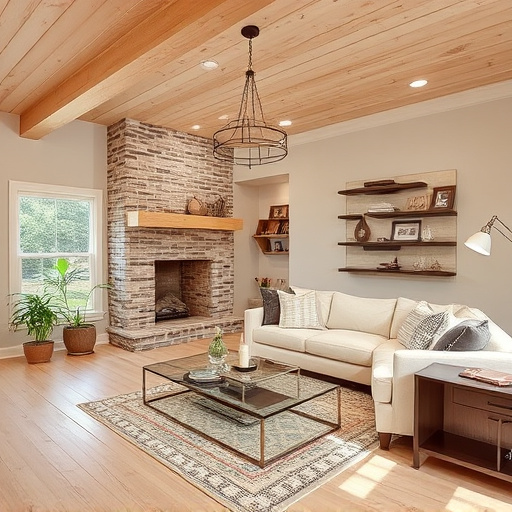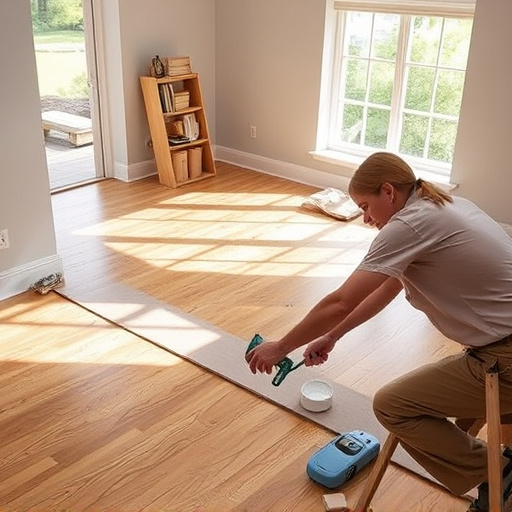Before, during, and after an office remodel, assess current airflow, lighting, and furniture placement for informed design decisions. Optimize natural light and ventilation through strategic changes like larger windows, open floor plans, fans, and smart lighting. Regular maintenance, including window cleanliness, ventilation checks, and fixture upkeep, ensures long-term comfort and health benefits of your office remodel. Implement exterior painting techniques and monitor airflow patterns to maintain a bright, productive work environment.
Looking to transform your office space into a productive, inspiring environment? This guide explores how to improve airflow and lighting in your next office remodel. We’ll delve into evaluating current conditions, strategic design changes for optimal workspace layout, and essential post-remodel maintenance tips. Discover practical strategies to enhance comfort, focus, and overall well-being for your team, creating a vibrant and efficient workplace. Implement these techniques for a successful, long-lasting office remodel.
- Evaluating Current Airflow and Lighting Conditions
- Strategic Changes for Optimal Workspace Design
- Post-Remodel Maintenance and Monitoring Tips
Evaluating Current Airflow and Lighting Conditions
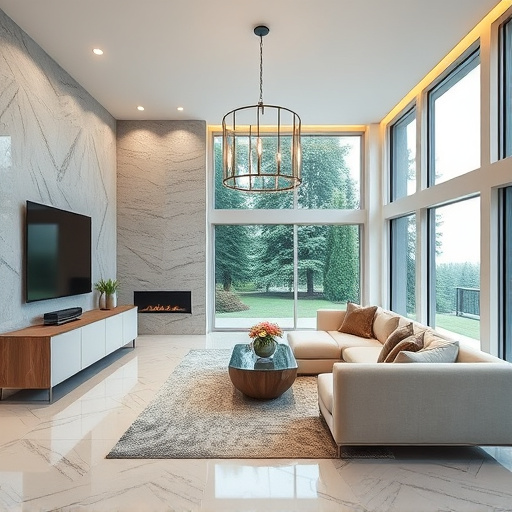
Before tackling any office remodel, it’s crucial to evaluate the current airflow and lighting conditions. This involves assessing how air circulates throughout the space, identifying areas with inadequate natural light, and pinpointing sources of excessive heat or cold spots. Start by conducting a thorough walk-through, observing the placement of furniture and other obstacles that might be impeding airflow. Note any gaps in insulation or sealed openings that could affect temperature regulation.
Next, examine the lighting setup, paying close attention to the placement of fixtures and the quality of light they provide. Are there sufficient windows to harness natural light? Do fluorescent lights or LED fixtures cast harsh shadows or create an uneven glow? Understanding these aspects is key to making informed decisions about floor replacements, whether enhancing ventilation systems, or incorporating smart lighting solutions tailored for the specific needs of your office remodel—whether it’s a kitchen remodel or home addition.
Strategic Changes for Optimal Workspace Design
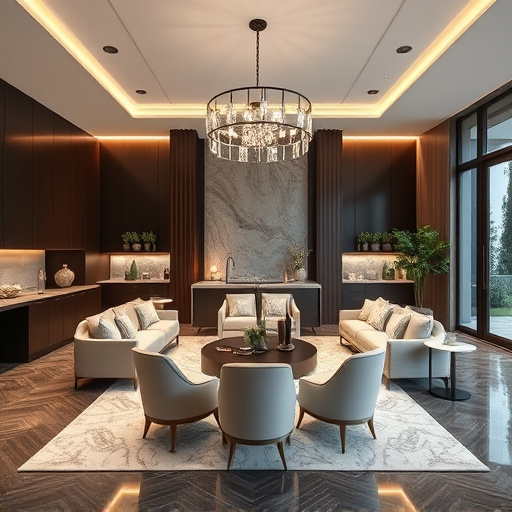
When planning an office remodel, strategic changes in workspace design can dramatically improve airflow and lighting. One of the key aspects to focus on is natural light. Incorporating larger windows or skylights not only enhances aesthetics but also provides a healthier work environment by reducing reliance on artificial lights. Additionally, reconfiguring desks and meeting rooms to allow for more open spaces can facilitate better air circulation, making the office a more comfortable and productive place for employees.
In terms of home transformations or home remodeling projects, optimizing airflow and lighting is equally important. Home renovations should aim to create an environment that promotes both physical and mental well-being. Simple adjustments like adding fans in strategic locations, installing brighter fixtures, or rearranging furniture can make a significant difference in the overall ambiance and functionality of any space, whether it’s a workplace or a home.
Post-Remodel Maintenance and Monitoring Tips
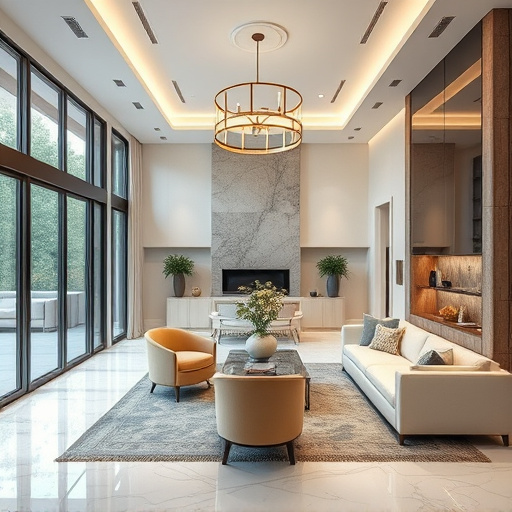
After completing an office remodel, regular maintenance and monitoring are crucial to sustain improved airflow and lighting. Schedule periodic inspections to ensure windows remain clear of obstructions, allowing natural light to flood in optimally. Check ventilation systems for any blockages or wear and tear, maintaining efficient air circulation throughout the space.
Implementing simple home improvement services like regular cleaning of light fixtures and replacing dusty filters can significantly enhance lighting quality. For exterior painting projects, choose colors that reflect sunlight, promoting brighter interior spaces. As part of ongoing home renovation efforts, keep an eye on any changes in airflow patterns due to new furniture arrangements or added partitions, making adjustments as necessary to maintain a comfortable and well-lit work environment.
An effective office remodel goes beyond aesthetics; it focuses on enhancing functionality. By thoroughly evaluating current airflow and lighting conditions, strategically implementing design changes, and maintaining optimal post-remodel environments, you can create a workspace that not only captivates but also inspires productivity and wellbeing. These key considerations ensure your office remodel serves as a true game changer, fostering a vibrant and efficient working landscape.



